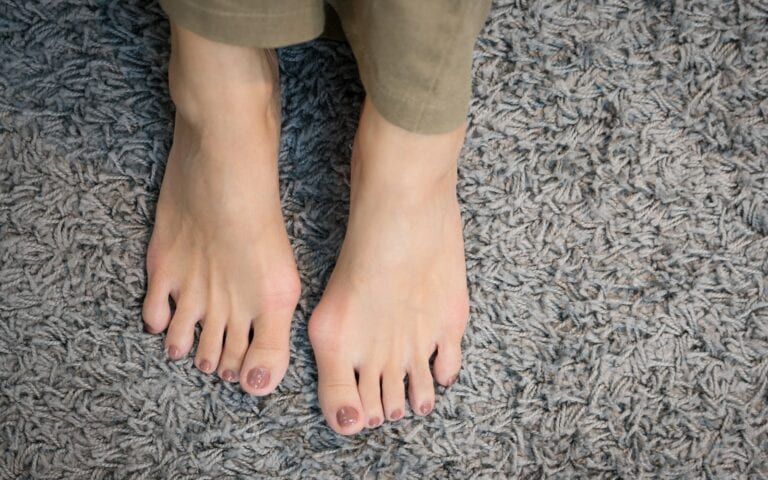How To Know When To See Your Orthopedic Surgeon for Bunion Surgery

Bunions can be one of the most annoying aspects of your feet, especially if they have been interfering with your ability to walk as long as you’ve had them. These bumps at the base of the big toe can be painful, limit your ability to be active, and make your feet look odd to the casual observer. However, most often, people go with conservative options for their bunions, including anti-inflammatory medications, moleskin, and wearing custom-fit shoes to accommodate for your bunions. However, if you’ve exhausted all your options, then surgery may help.
What Causes Bunions To Occur?
Bunions are common and painful, and if you have one, it doesn’t mean you should rush into surgery. However, it’s not good to leave your bunion untreated either. These bony bumps along the sides of the big toes affect about 1/3 of people within the United States and the prevalence of these bumps increases as people age. However, they’re also known to be more common in women than men, most often due to their foot anatomy, genetics, and their footwear.
Most often, genetics is primarily the main cause of this condition. Bunions that appear during childhood, known as congenial bunions, are often related to joint deformities that have genetic origins. While not much is understood about the genetic causes for bunions, some studies have narrowed the genetic causes down to the biological pathways of osteoarthritis, where the skeletal inflammation and development of this condition can heavily increase the risk of bunions over time. However, other causes that are more environmentally influenced, such as footwear and exercise, can cause bunions to appear as well.
When considering medical treatments for bunions, all potential causes need to be taken into account. Most often, conservative treatments such as bunion prosthetics, anti-inflammatory medications, and custom shoes can suffice as a long-term treatment for bunions. However, it’s when those treatments don’t work and they interfere with your life that surgery should be considered.
Step-By-Step Bunion Surgery Guide
For podiatrists, the goal of treating bunions is to relieve pressure from the bunion and halt the progression of the joint deformity. For orthopedic surgeons, the goal of the surgical procedure is to realign the bones of the foot and remove the bump at the base of the big toes. This form of surgery is known as a bunionectomy. During the procedure, your orthopedic surgeon will:
- Access the MTP joint. The MTP joint, or the metatarsophalangeal joints, is the medical term for the connecting joint between the base of the foot and the toe bones.
- During the procedure, the bunion will be removed, and once the joint is accessed, the joint will be realigned by removing the wedge creating the bunion.
- After removal of the bunion and part of the joint, the bones will be held into position with screws, pins, or plates to help the bones realign.
- Throughout the procedure, the tendons surrounding the bones may be trimmed and repositioned to fit around the joint.
For more information about recovery from surgery, bunion management, and other treatment options, contact your local orthopedist for more information.


Recent Comments